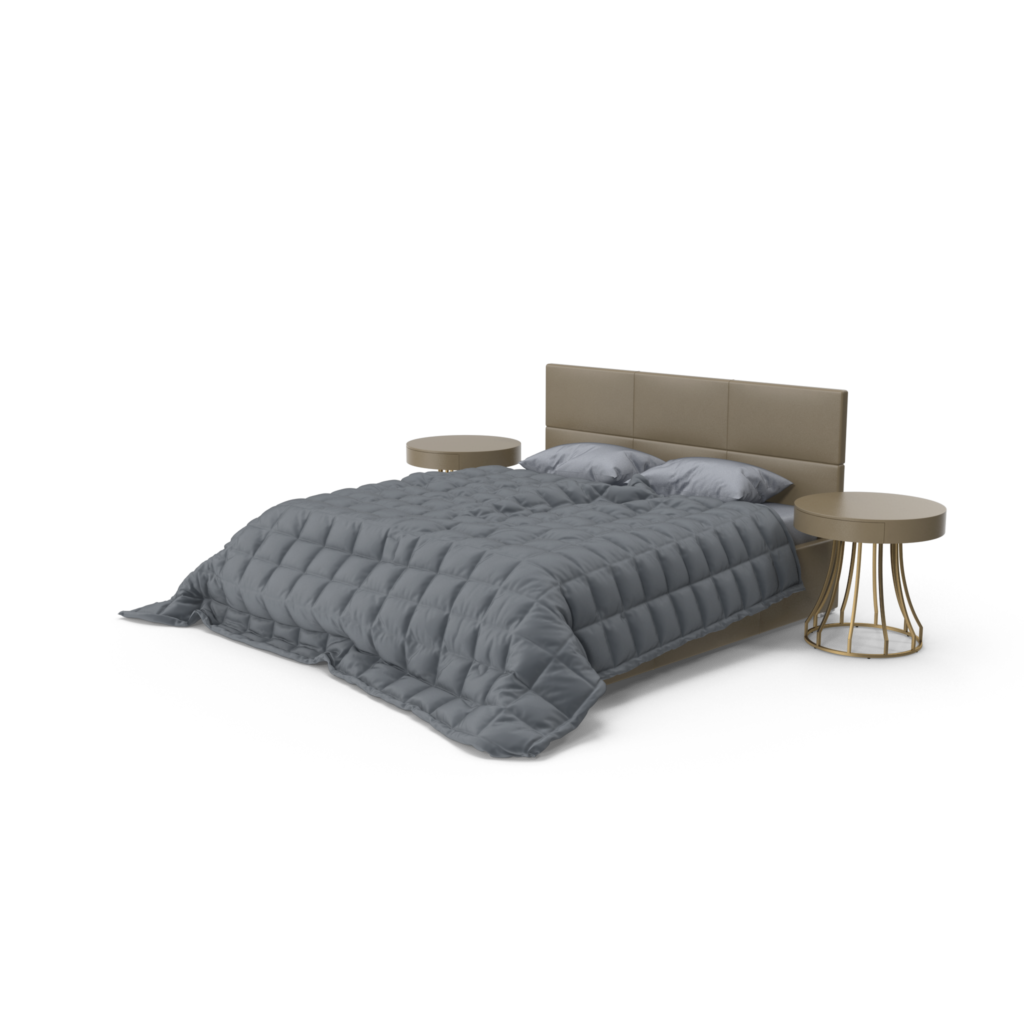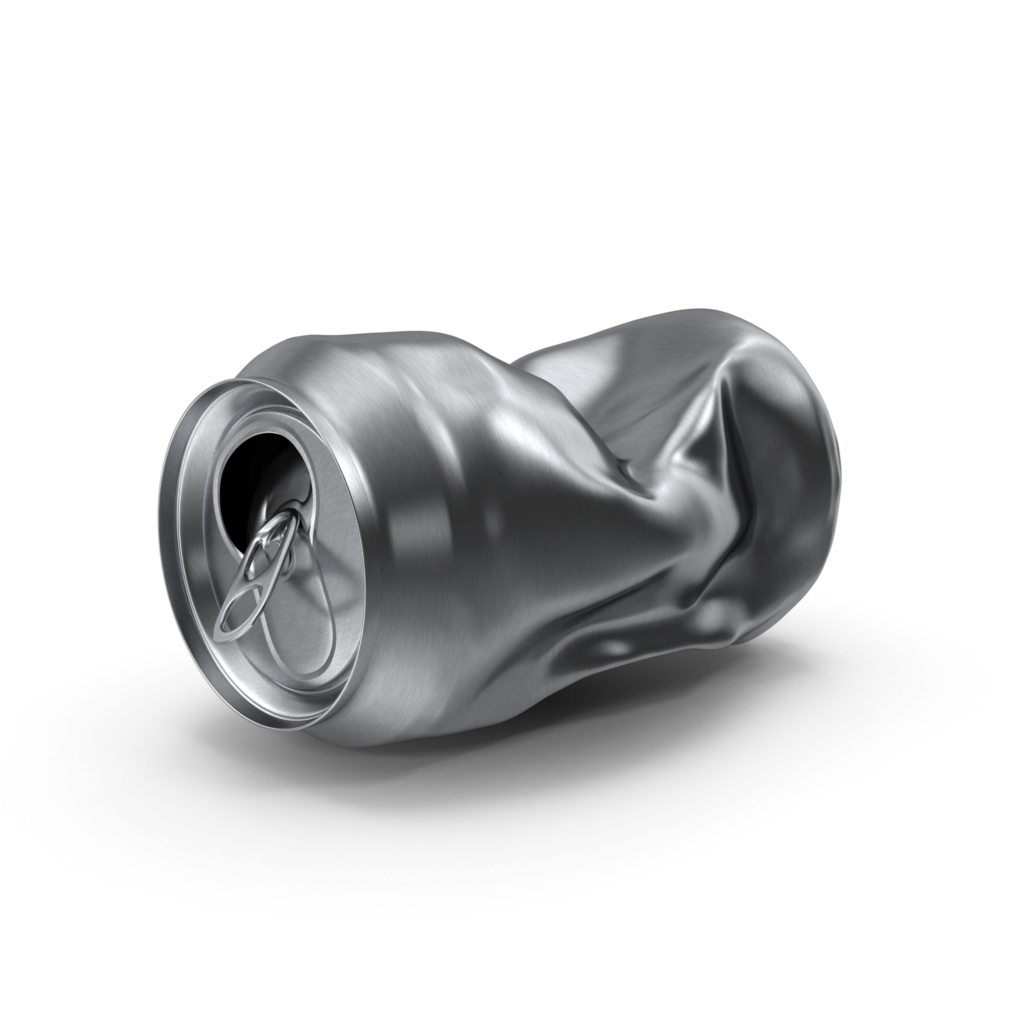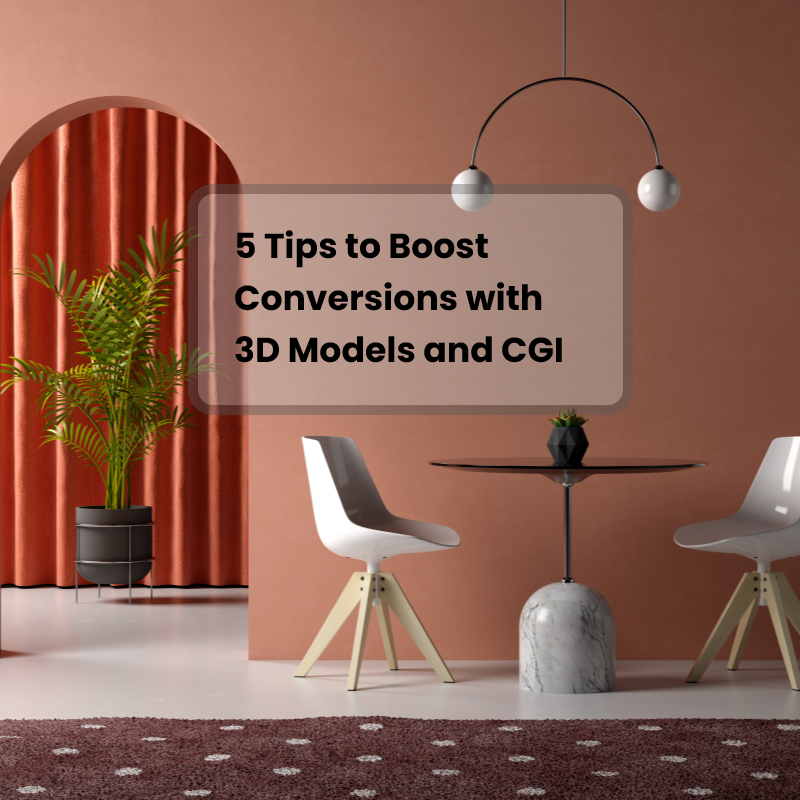The biggest challenge for putting a product on the market is to clearly communicate the function, features, and it’s added value. Use of 3D models and CGI video in marketing is a great tool to increase conversion rate. People spend more and more time online. In effect their decision-making process on what and where to buy is transitioning to digital space. So how to effectively use 3D models and animations in your marketing campaign? Read on!
Table of contents:
- What is a 3D Model
- Making of a 3D Model
- Software Options
- Digital Marketing and CGI
- Use of 3D Models and Animations in Marketing and Web Presentations
- Rendered Video Animations
- Scroll sequence
- Embedded 3D Models
- Augmented Reality
- Rendered Images
- Closing Words
What is a 3D Model?
3D modeling is the process of developing a mathematical representation of an object in three dimensions via specialized software. A 3D model can either be created from scratch by an engineer or artist. It can also be manually or automatically reverse engineered from an existing object. Most of the time, models are separated in two categories. Solid models and surface models. Solid models represent the volume of the object. Surface models define the object’s boundaries and are many times hollow inside or have no thickness.


Making of a 3D Model
When creating a 3D model from the start, we can use several different techniques. Simple techniques for engineering design start with a 2D sketch. Then Revolve it around an axis or extrude the sketch to get a 3D shape. If you aim to create a more artistic creation, polygonal modelling or sculpting will give you more freedom.
If you have a real object you want to draw, there are the following ways of how to do it. Old school way is to hand measure the object and use measurements for creating a model manually. On the other hand, more modern way is to use photogrammetry or a 3D scanner that will scan and automatically create the desired shape.
Software Options
- Engineering
- Catia – often used in automotive industry, for example for surface modelling of car chassis
- Creo (formerly PRO/Engineer) – general mechanical engineering CAD package, which some rendering and visualization export options.
- Inventor – Autodesk product, one of the pioneers of CAD parametric solid modelling. Similarly it comes with rendering and visualization options.
- SolidWorks – French Dassault Systemes software package for engineering.
- SolidEdge – Siemens CAD engineering package, also with rendering and export options
- Architecture
- AutoCAD – One of the first CAD softwares, 2D,3D modelling widely used in variety of industries. Also with good export for rendering and visualization.
- Fusion360 – Autodesk product, similarly to other products from Autodesk it has rendering and visualization options. Fusion 360 has gained popularity due to its versatility. It’s all-in-one solution.
- Revit – Another member of Autodesk product family, likewise it’s easy to produce beautiful renders and animations
- Rhino3D – Popular for architecture drawings and models. You can also create animations and renders easily.
- SketchUp – Free tool from google
- Other Software
- Adobe 3ds Max – Professional tool for creating 3D animations used by many film studios
- Adobe Dimension – Product from Adobe family designed for Photorealistic 3D images for photo realistic product and packaging
- Blender – Opensource, free modelling tool for 3D modeling and animation. Easy to learn, in other words great for starters
- Cinema4D – Cinema 4D is a professional 3D modeling, animation, simulation and rendering software solution
Digital Marketing and CGI
Digital marketing and CGI (computer-generated imagery) are very close friends. Many adverts on Instagram, Youtube or Facebook have been either completely created or enhanced using computer graphics.
Most likely, the product you are selling has a 3D model, so let’s use it for your marketing material, and increase your conversion rates with use of the technology available.
Creating thumb stopping, revolutionary and brave content is key to grab users attention, so companies invest considerable amount to create the best content possible.
Top 5 Ways to Increase Conversion Rates with 3D Models, CGI and Animations
1. Rendered Video Animation
Video has become the most commonly used format in content marketing, overtaking blogs and infographics. Aberdeen Group says marketers who use video get 66% more leads per year. Most manufacturers, architects, engineers and tech companies present their products with use of video. 83% of video marketers say video helps them with lead generation.
People also embed videos in their newsletters that are created using email newsletter software as a part of their marketing strategy. In many cases, marketing videos are partially or fully rendered in 3D.. Almost every consumer electronics, fashion or car company has used CGI video ads at some point. It has become more and more challenging to stand out from the competition by using video, when every competitor is doing something similar.
2. Scroll Sequence
Scroll sequence is like a video you can play and rewind with mouse scroll or touch. In addition, pair the animation with other HTML content like headings, text, buttons, links to create a completely new web experience. You can use existing marketing videos, convert video to image sequence and transform to immersive web presentations that showcase your product in a completely new and interactive way.
With Scrollsequence It’s easy to make jaw dropping content that skyrockets your conversions and customer engagement.
Interior
Lorem ipsum dolor sit amet, consectetur adipiscing elit, sed do eiusmod tempor incididunt ut labore et dolore magna aliqua.
How to add Scrollsequence to your site?
Scrollsequence is a WordPress plugin, download and install it on your server. Follow our getting started video below, and you will find it’s pretty easy to integrate into any WordPress based website.
Increase conversion rates with immersive digital marketing
Scroll sequence technology is relatively new. So far only the big tech companies like Apple, Sony, and Samsung were able to afford it’s implementation. With our Scrollsequence WordPress plugin, we have made it available to everyone. We have made it easy to create a mind-bending, immersive web experience.
3. Embedded 3D Models
Once you have your 3D model ready, you can use an open source library like Three.js, or some paid solutions like Sketchfab, Emersya, Modelo, or Vectary or Azumo service to directly display the 3D model on your website. Most solutions allow the users to manipulate with the model, zoom it in and out and allow them to get familiar with your product. While embedded 3D models work well on desktop, on mobile devices this may be problematic. Similarly browser incompatibility, loading speed, and maneuverability a small screen device can be a problem.
4. Augmented Reality
Similarly we can insert an augmented reality model. However, most desktop devices are not capable of displaying AR. More and more iPhone and Android mobile devices are able to display AR content.
5. Rendered Images
If you want to sell on the internet or you need to visualize a product in its packaging, in this case photorealistic rendering can simplify your life. There are many good reasons for using computer-generated imagery (CGI) in marketing. Therefore if you want to showcase your product in advertising campaign or on the web, 3D modeling as a marketing tool holds great benefits. Also make sure images are be optimized to improve loading speed and SEO.

